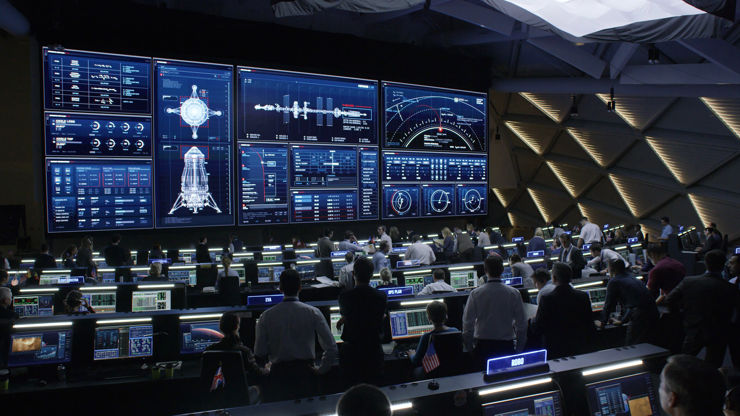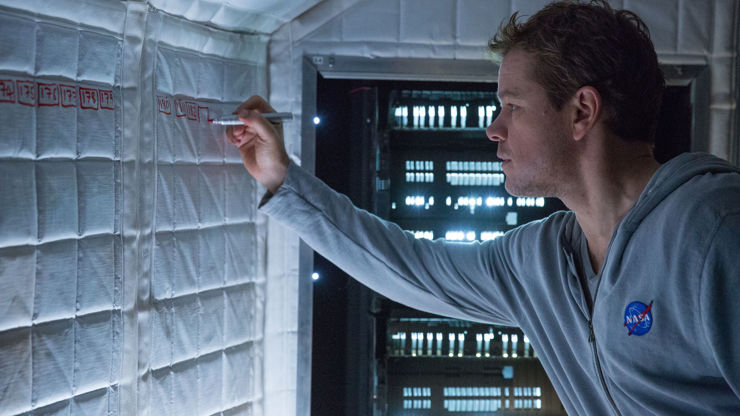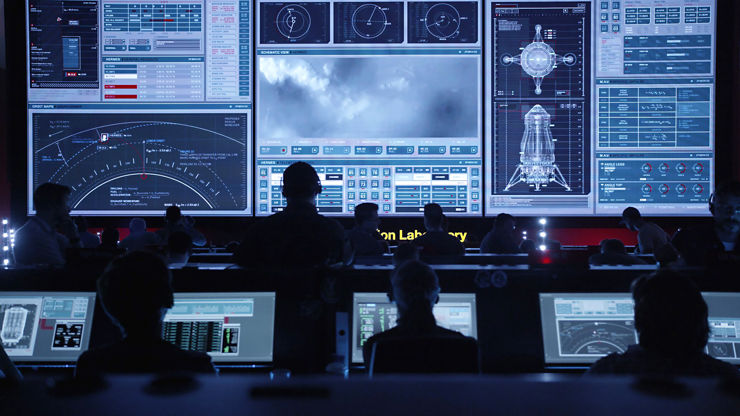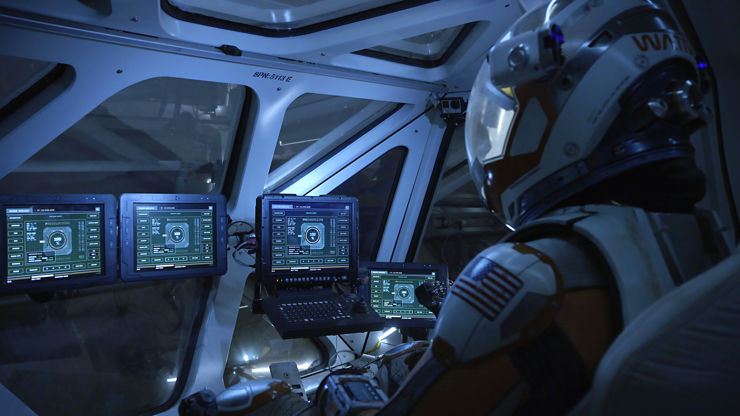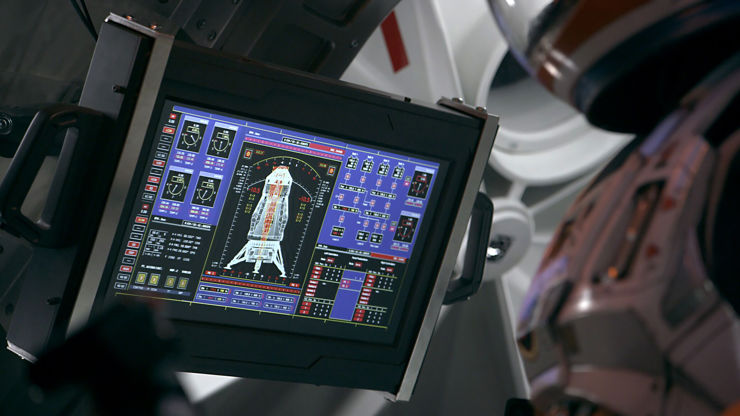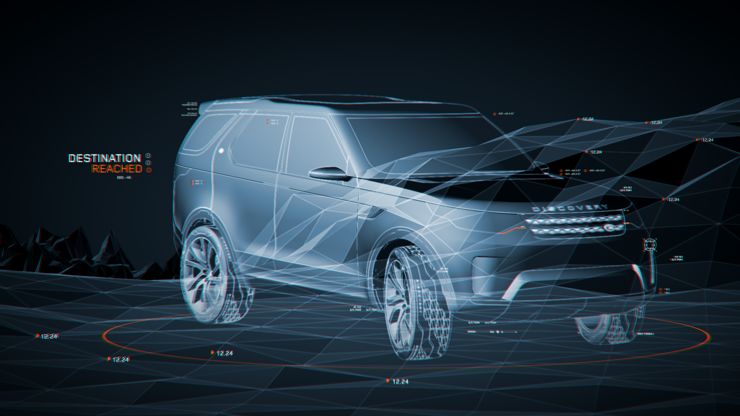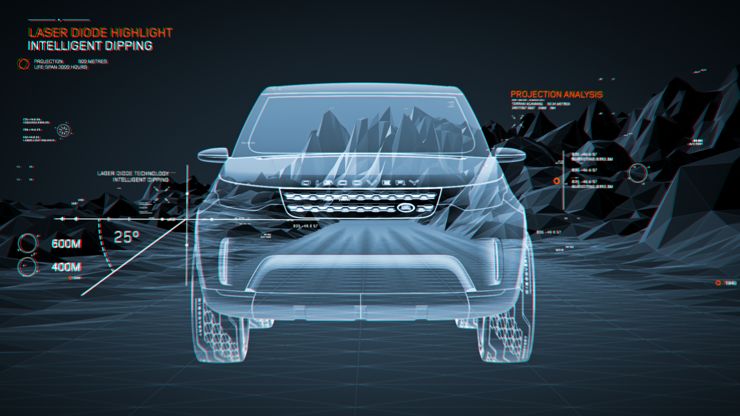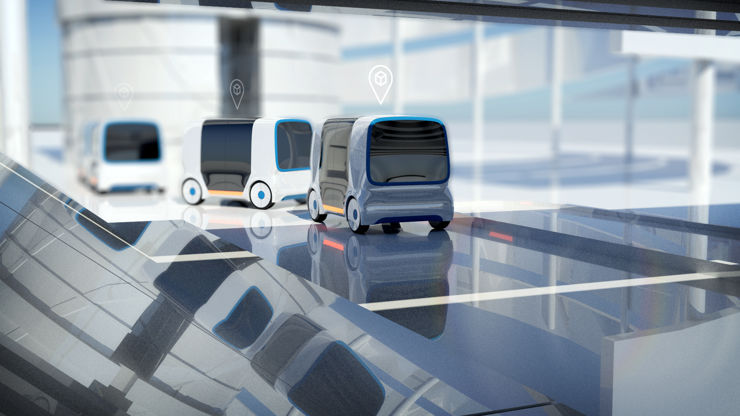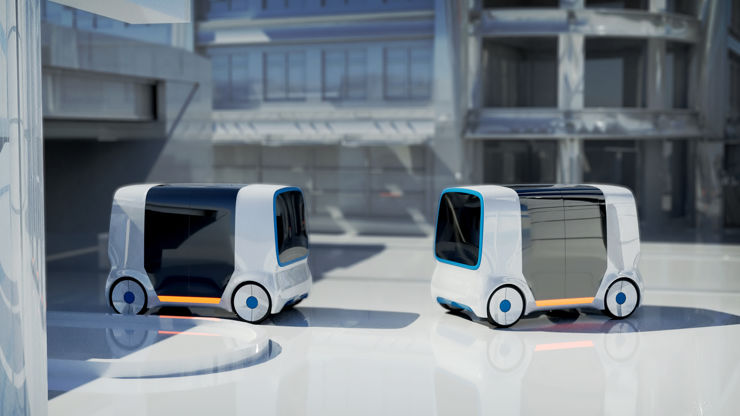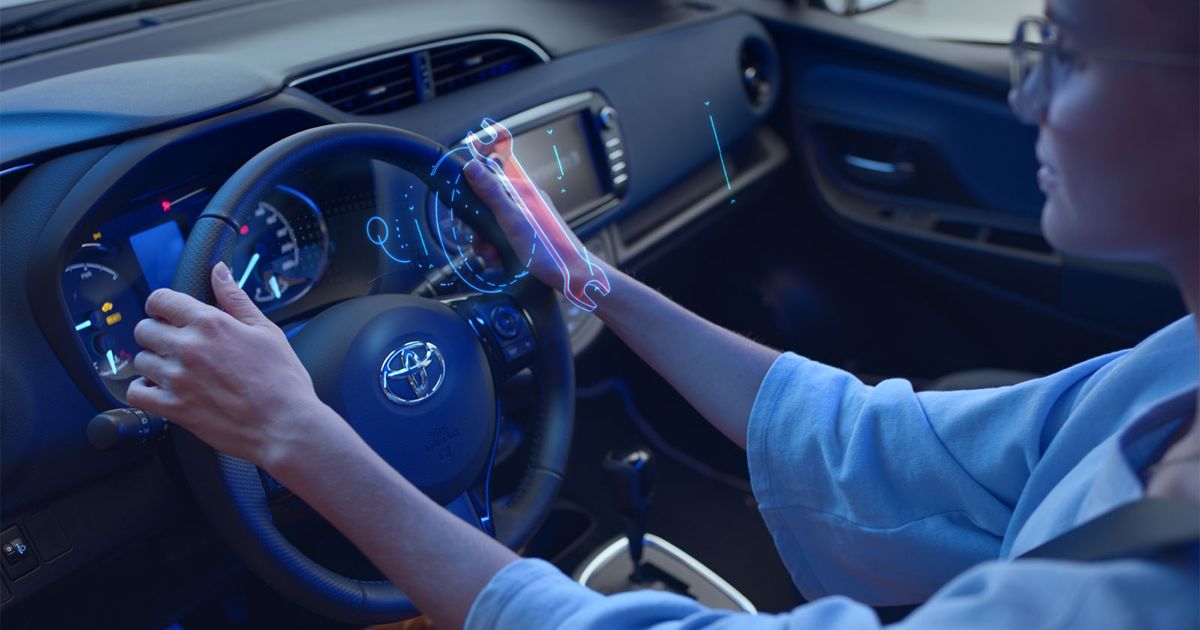How to... design for the future
For our Automotive Focus (and neatly leading-in to next month's Tech issue) Marti Romances, CD and Co-Founder of Territory Studio in San Francisco, discusses the future technologies and interfaces that will eventually make the car of the future, and how designing for science fiction features films could inform it.
We are often approached by clients seeking the same depth of 3D elements seen in the films we work on [including Avengers: Endgame, Ex Machina, The Martian, and Guardians of the Galaxy] to be physically incorporated into their own product designs.
Such projects are always a wonderful affirmation of how we can contribute to brands and real-world technology.
Tasked to step into the future and explore designs for new technologies is a fascinating process. Nowhere is this more apparent than in the automobile market where the likes of Lincoln, Jaguar, and Land Rover have requested HMI (Human Machine Interface) designs that connect drivers seamlessly with next-generation auto technology, allowing closer links between people and their vehicles.
While a military pilot is trained extensively to understand technically challenging screens in his fighter jet, a car is for absolutely everyone.
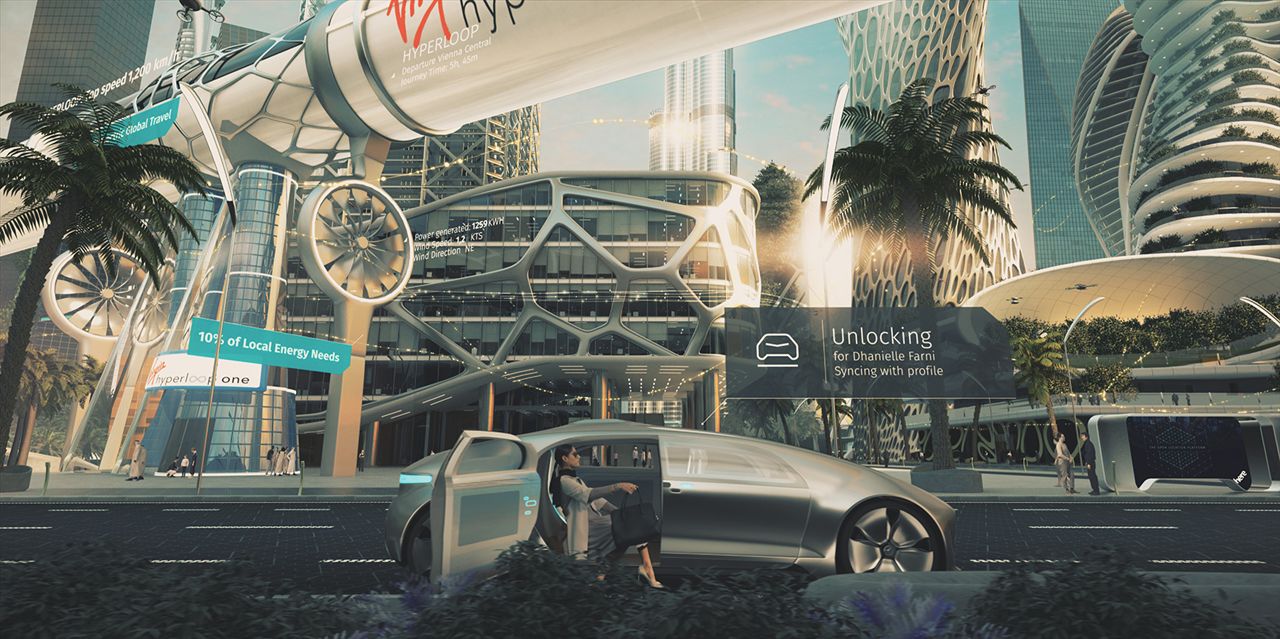
Above: A view of a potential augmented future.
From a design perspective, our in-car menu designs need to be technologically advanced yet perfectly understood by anyone. While a military pilot is trained extensively to understand technically challenging screens in his fighter jet, a car is for absolutely everyone. So we need to strike a balance that, in many ways, echoes the design process when working on narrative design in film.
On The Martian, director Ridley Scott requested that our teams be fully educated on everything NASA uses to better inform our futuristic designs. However, everything was so technical and confusing at NASA that we needed to cover a narrative that audiences could also understand.
Not that we had to dumb it down, but we had to solve two critical problems: make sure Ridley Scott was pleased with our work from an esthetic and technical perspective, and be sure that everyone in the theater understands what’s happening via the graphics on-screen.
Above: Territory Studio's work for The Martian (© 2015 Twentieth Century Fox Film).
It’s the same approach with in-car design work. You have to strike the same balance. When drivers see our design work it has to make complete sense - be informative, precise, and clear enough to perceive key information at a glance.
Mood is another important consideration within the cabin of the car.
Windshield and windows will operate as high-end augmented reality panels before too long.
We have recently been working with an automotive brand creating different personas to match various driving scenarios. For example, 'Sports Mode' features intense graphics to highlight the car’s performance, while a minimalist look with a toned-down feel with dimmer screens can be selected for night travel.
Other auto advancements are coming fast. Windshield and windows will operate as high-end augmented reality panels before too long. We are already testing in-car screens featuring 8K displays offering pixel-perfect clarity with an incredible level of detail.
Meanwhile, pre-rendering these screens for user-experience flow allows auto clients to see exactly how it all works.
Above: Visualisations for Land Rover.
Experimental work with Land Rover also signifies the technological road ahead, ideating with the automaker over a number of scenarios – everything from nodding and 3D hand gestures, to changing window tints, to seeing through the front of the car via cameras installed on the chassis.
The need for mirrors will soon be a thing of the past.
Indeed, the need for mirrors will soon be a thing of the past when surround vision accurately creates a full 360-degree environment giving a detailed representations of both static and dynamic objects around the car via to the latest fusion of sensors and cameras embedded in the vehicle.
We have also been examining technologies for vehicle autonomy and mobility aimed for use in busy urban centers. When Fuseprojects requested a vision of a future landscape of autonomous urban mobility we drew upon our storytelling and future tech expertise to illustrate how such an insightful autonomous pod system could revolutionize city mobility.
Above: An example of an autonomous pod system.
The system works by communicating with local public transport networks to adapt traffic flow and customer demands, integrating with existing systems already in place.
This project exemplifies how the smart, connected city of tomorrow will operate. No more desperate attempts to find parking, no more issues with congestion, and far less stress. A compelling vision of the future fusing AI with IoT.
As for the road ahead, we will continue creating operating systems and visual languages that have attitude and personality across all industries, and we look forward to more exciting opportunities in the automobile space as technology makes the fantasy real for all of us, and not just on the silver screen…

)

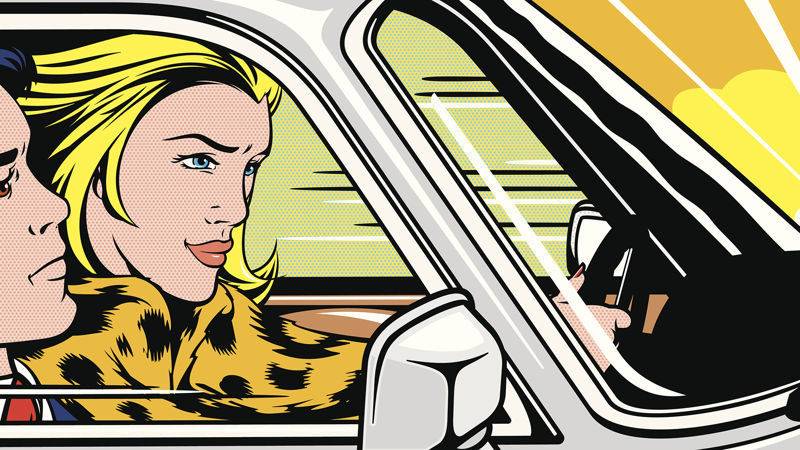


 + membership
+ membership

